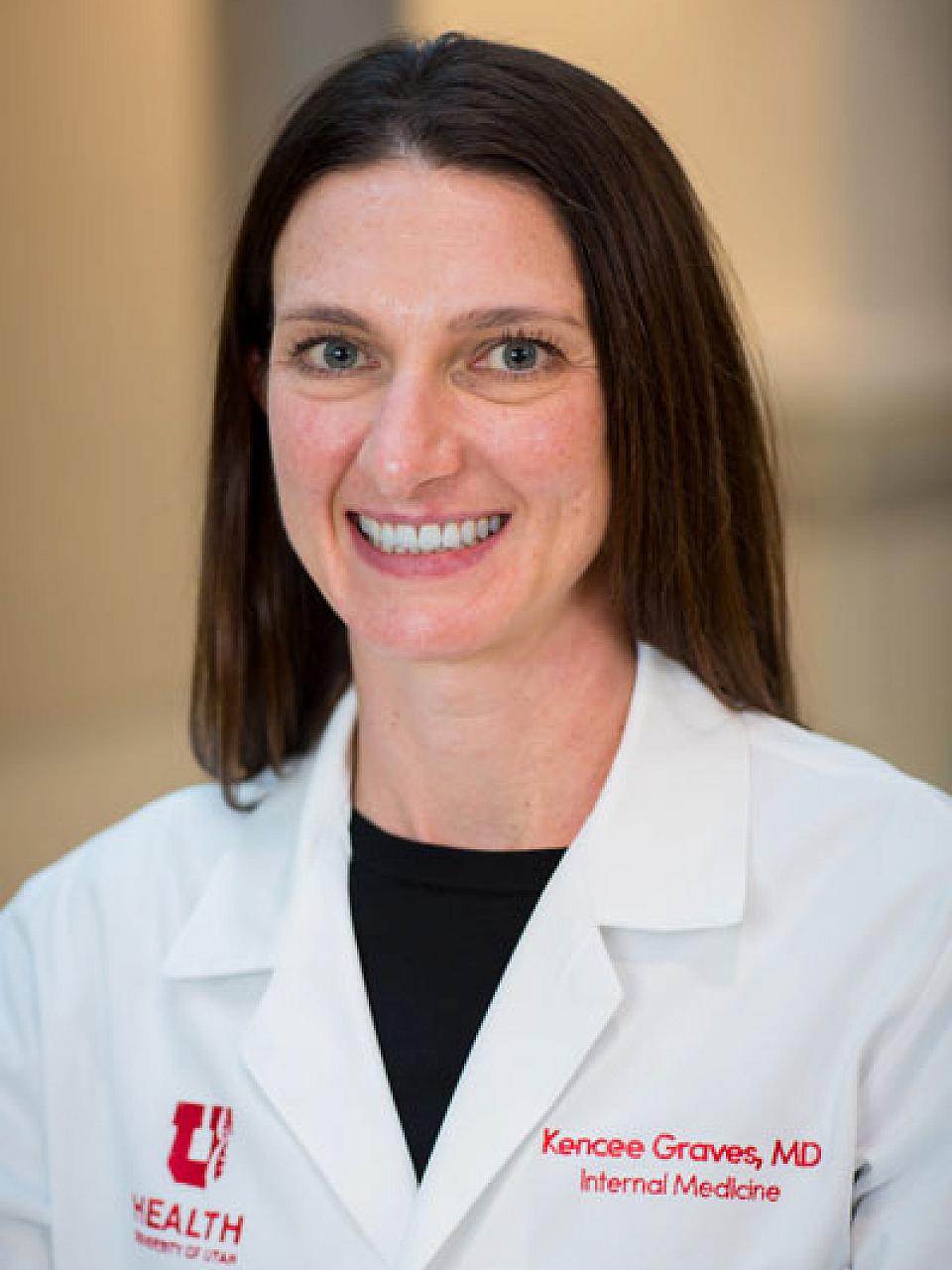Voices of U of U Health
Sustaining a National Reputation for Quality
Fifteen years of being a top performer in the Quality Leadership Study by Vizient means more to University of Utah Health than prestige, or another blue ribbon.
It means we’re using data to constantly improve the care we provide for our community.
It’s hard to improve if you don’t have a metric. We track our hospital data carefully and submit it to Vizient. By staying on top of it, we know how we’re doing and where we can improve.
Why do Vizient rankings matter?

U of U Health participates in the Quality Leadership Study in two areas: as a Comprehensive Academic Medical Center and in Ambulatory services. We rank among top performers in both areas.
Vizient measures performance and quality of care among hospital systems. This year, 860 hospitals participated in the study—including 116 academic medical centers (or Comprehensive AMC).
Vizient is the only ranking system with a separate cohort for comprehensive AMCs that meet the following annual criteria:
- 1,500-plus acute transfers from other hospitals
- 25 organ transplants
- 600 trauma cases
- 125 combined cardiothoracic and neurosurgery cases
What does Vizient measure?
Vizient’s Quality Leadership Study compares data submitted by U of U Health with data submitted by hospitals in our cohort.
Our data includes patient experience feedback and National Healthcare Safety Network benchmarks for hospital-related infections.
Vizient also uses data to determine what other health outcomes should look like. Length of stay, risk of infection, and more are tracked based on the type of medical center.
Inpatient and Ambulatory Care Measurements
For inpatient care, Vizient evaluates:
- Mortality: Lower mortality rates are better.
- Safety: Evaluates rates of infections and medication events for our patients.
- Effectiveness: Evaluates whether our hospital care is effective. Are patients readmitted? Are we giving the right treatments for certain conditions?
- Patient Centeredness: Communication, cleanliness, responsiveness, and more.
- Efficiency: Measures things like direct cost and length of stay.
- Equity: How do people from different socioeconomic groups do?
For ambulatory (outpatient) care, Vizient evaluates:
- Access to Care: How easy is it for patients to get in to see us?
- Quality: Quality of care received.
- Efficiency: Are our providers seeing patients at the same rate as other health systems?
- Continuum of care: Are we admitting people from our clinics?
- Equity: Looks at care we provide by payer mix: Medicare, Medicaid, and private insurance.

Much More Than a Ranking
Top performing hospital systems get ranked. But what’s important is not the ranking itself. What's important is that we’ve been working hard to measure and improve the care we provide to our patients.
Data for inpatient care rankings is submitted monthly. That means we have timely, actionable data that we can use to improve as we go.
Ambulatory care data is not as timely because it’s submitted on a quarterly basis.
What It Means To Be a Top Performer
Many of our members will remember when we announced “Top 10” in our hospital ranking. This year, we are a “Top Performer.” What’s the difference?
When we first started reporting our data to Vizient, there were 80 Comprehensive AMCs in our cohort. Now, there are 116.
Vizient uses statistical analysis to determine highest-scoring hospitals in the country. Instead of giving awards to the “Top 10,” they award the “Top Performers.” U of U Health has been a top performer for 15 consecutive years for inpatient care, and 10 consecutive years for ambulatory care.
Very few hospitals across the country have consistently performed like this in both categories. It is an accomplishment that should be celebrated!
A Continuous Process
By definition, health care quality means continuous improvement. We are always learning from our data and looking for ways to make our care better. Continuous improvement is important to us. We won’t do everything perfect every time. Nobody can. There’s always room to improve.
Growing and fostering a culture that allows for continuous improvement can’t be done from a top-down approach.
We must empower the teams who take care of our patients so they can address issues they see. That way, we all can continue the pursuit of excellence as a system.
Achieving high quality care at our system is something that takes every single one of us to do, and to do well, year after year.
